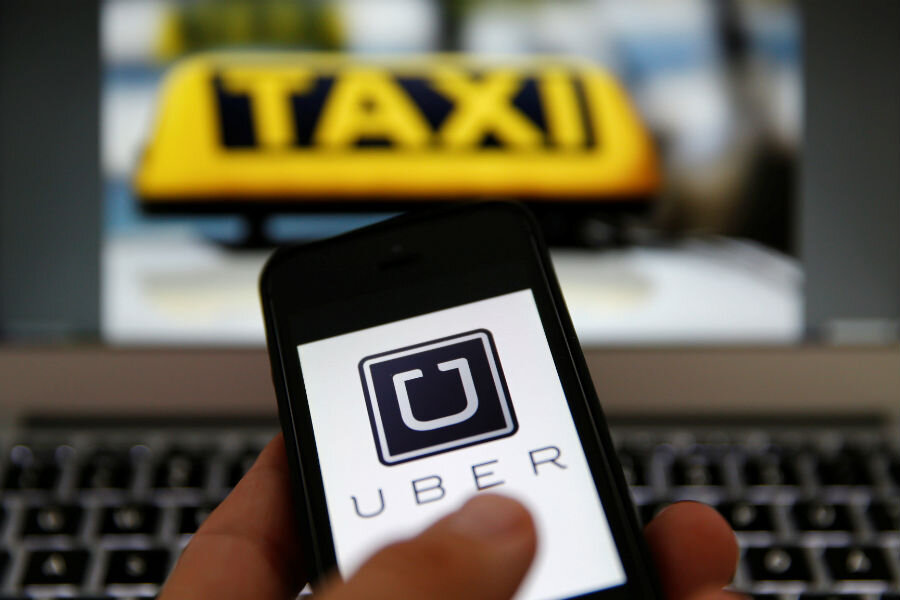Uber revamps surge pricing: What's driving the change?
Loading...
The ride-sharing company Uber announced changes to its app Thursday that will make it easier for users to understand when higher prices are in effect.
The announcement comes the same day that Massachusetts lawmakers introduced a bill in the state Senate that would, among other things, require ride-share companies to provide "clear and conspicuous transportation fare estimates to riders at all times," including during so-called "surge pricing," when the company increases rates in response to high demand.
The company made no mention of the proposed legislation in its announcement, framing the change as a move toward transparency.
“When fares go up due to increased demand, instead of surge lightning bolts and pop-up screens, riders are given the actual fare before they request their ride,” wrote Uber product managers Arundhati Singh and Dennis Zhao in a blog post on Thursday. “There’s no complicated math and no surprises: passengers can just sit back and enjoy the ride.”
Although Uber intends this new pricing structure to increase transparency, the Wall Street Journal reports that it could make it more difficult for riders to tell when surge pricing is in effect.
Surge pricing has been a controversial aspect of Uber’s otherwise popular ride sharing platform, especially after fares hit record highs this past New Year’s Eve.
"We are sensitive to price,” Econsultancy research director Jim Clark tells the BBC. “As a nation we do like a bargain and that's one of the reasons they'll be making this change."
Still, while Mr. Clark says it is valuable for users to know what they will be charged before they choose to ride, he also warns that the changes will make users more likely to take the fare, despite not knowing exactly how much higher it is than usual.
“It's important to give users a choice of whether to wait – being given all the information is the spirit of the sharing economy,” said Clark. “At the very least they could give users the option to switch the surge information on or off."
This change was announced on the same day that the Massachusetts state Senate unveiled its bill, which would more strictly regulate ride hailing companies like Lyft and Uber in the state, according to the Associated Press.
In addition to requiring more transparency in pricing, the new bill would requiew transportation network company users to hail rides through mobile devices, rather than streetside hailing. However, unlike a similar bill introduced in the Massachusetts House, it would allow Uber drivers to pick riders up at Boston’s airport.
If passed, the legislation would also require background checks for drivers (another point of contention for ride hailing companies).
Uber says that it has tested the new version of its app in cities around the world, such as Miami, Seattle, and New York City in the United States, and Mumbai and Hyderabad in India.
This report contains material from the Associated Press.








